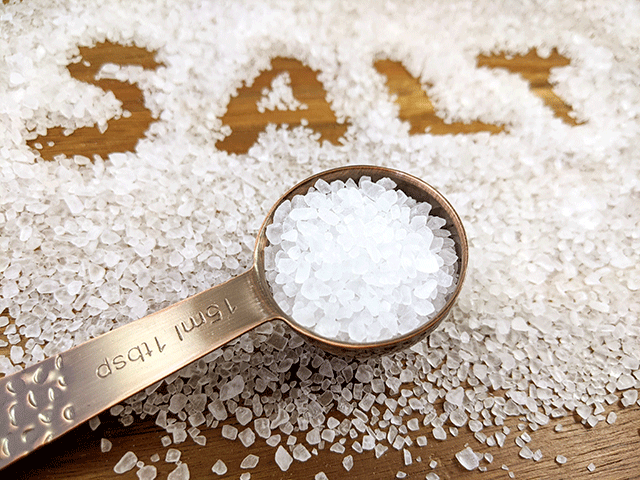
I make bread on a regular basis – even if I don’t always blog about it. I often find a happy groove while I bake, and kneading bread feels therapeutic. But sometimes I’m in such a Zen state while working the dough that I forget how many cups of flour I measured. On more than one occasion, I forgot the salt.
Most of my bread recipes require salt. So what happens to bread, exactly, when salt doesn’t get mixed in? Here’s a closer look at this key ingredient.
Salt’s Important Role
Salt plays an important role in baking. No matter if you’re making pizza dough, bread boules, or sourdough discard rolls, salt takes your bread to the next level in the following ways.
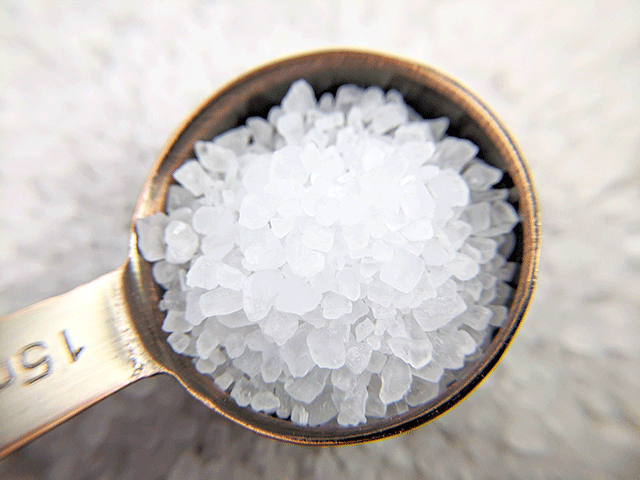
It Adds Flavor
In the right concentrations, salt makes everything taste better. When used in small amounts, salt reduces bitter flavors and enhances sweet, making your dessert bread divine. In larger amounts, it reduces the sweet and enhances umami, so your savory recipes stand out.
If you forget the salt, your bread will likely taste bland unless you have other ingredients to compensate.
It Stabilizes the Structure
At a molecular level, salt dissolves in and binds with water molecules in your bread. It restricts water activity, which in turn, tightens and stabilizes your bread’s gluten structure.
As your yeast ferments in your bread, it releases carbon dioxide gas. Stable gluten effectively captures and holds carbon dioxide. The more carbon dioxide in the dough, the more volume and the bigger the rise.
If you forgot the salt, your dough may stay slack and sticky. You will have a much harder time working your dough and your bread will stay flat.

It Slows Fermentation
To put things simply, yeast makes your bread rise. Yeast has special enzymes that break down large starch molecules into small simple sugars. Then the yeast metabolizes these sugars and releases ethyl alcohol and carbon dioxide into the dough. As mentioned above, the gluten in your bread then captures the carbon dioxide and the resulting bubbles lift your dough.
Yeast relies heavily on water to perform these duties. As salt attracts water, yeast releases some of its water whenever salt is nearby. With less water, the yeast slows its fermentation processes.
Long, slow fermentation allows the dough to reach its maximum flavor potential. If you forgot the salt, your dough will rise too quickly, and your bread will taste bland.
It Contributes to Color
As mentioned earlier, yeast breaks down starch molecules in the flour to create simple sugars. From there, the yeast consumes the simple sugars and releases carbon dioxide into the dough.
When you have enough salt in the dough, you slow the yeast’s consumption of simple sugars. When you bake your dough, the leftover simple sugars bake into the crust and give your bread its warm, creamy coloration.
However, if you forgot the salt in your dough, the yeast ferments quickly and metabolizes most of the simple sugars in your bread. Your bread will look pale and white as a result.
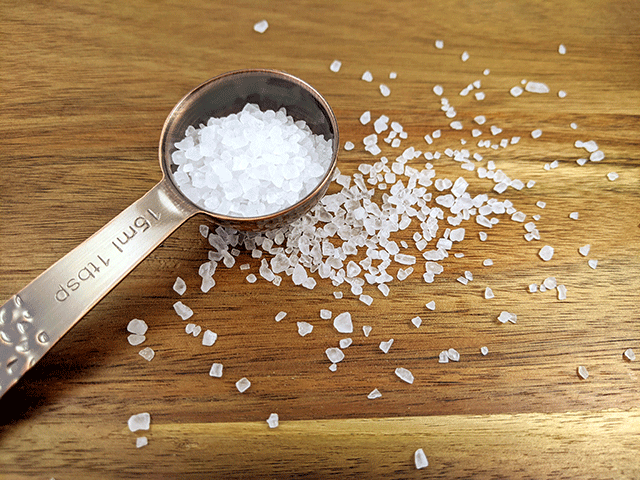
How to Save Your Bread
Depending on the bread baking stage, you might be able to salvage your bread.
If Your Bread Hasn’t Risen Yet
Did you mix your flour, water, butter, and seasonings together, only to discover you had forgotten your salt? You don’t have to start over from scratch.
In this stage of the bread baking process, dissolve your salt in a little water then pour the water over the dough. Knead the saltwater into the dough, and sprinkle some extra flour to take away any stickiness. Reshape your dough as needed.
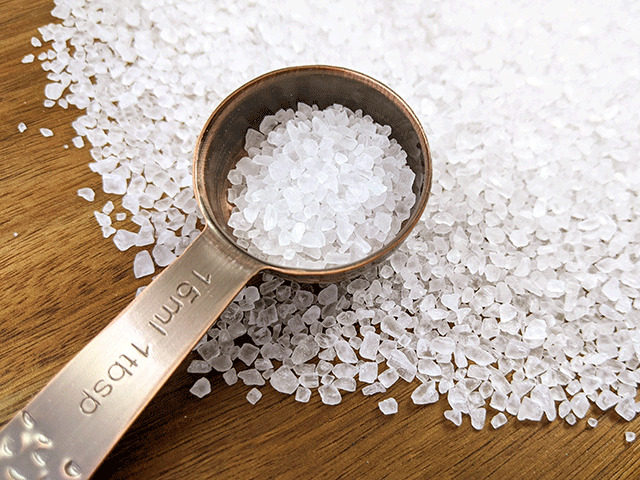
If You Haven’t Baked Your Bread Yet
If your bread is on its first rise and you realized that you forgot the salt, you can still work this key ingredient into your dough.
When you’re ready to punch down your dough for the first time, dissolve your salt in a little water and pour evenly over the dough. Knead the saltwater into the dough, sprinkling extra flour as needed.
Reshape your dough and let it rise for a second time.
If Your Bread Is in the Oven
At this stage in the baking process, you can’t do much for the texture and rise of your bread. However, you can still enjoy the results of your hard work.
Once your bread has cooled, feel free to lightly coat the crust with salted butter. The butter will melt into the crust and add a little flavor to your bread.
Or, dip your bread into stew, chili, or soup. The bread will soak in the flavor of your meal. Similarly, you could use your bread in fondues or smear it in flavorful cheeses and dips to enjoy as a side.

Did It Help?
I’ve used these methods to salvage bread gone wrong multiple times. But I’d love to know if these tips helped you. Feel free to share your experience in the comments or add your own tips for salvaging unsalted bread.

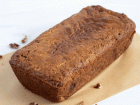

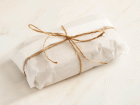
Thank you, you’ve saved my first attempt ever at Chocolate Babka Bread! First rise in and I suddenly realized I forgot the salt….this was a lifesaver 😀
😀 YAY! I’m so glad this helped!
I was making bread and had subbed bread flour for all purpose and was reading up about having to increase the water….when I realized that I didn’t add the salt. Glad I read this article, I needed to add more hydration anyway and it was an awesome vehicle to deliver the salt I had forgotten.
Thank goodness I can save my bread!!! Appreciate the great info
Thank you for your post. Your post helped. I was making gluten-free sandwich bread and was in the middle of the first rise, when I realized that I forgot to add the salt. I measured the salt and dissolved it in a bit of water, then added it to the dough. I stirred it in, and let the dough rise again. I was a bit concerned because gluten-free dough is on the more delicate side. The bread turned out well. My husband said it was a bit salty; maybe he got a part that where I didn’t mix it enough. I thought it tasted fine.
Yay! I’m so glad it helped you 🙂
It had been cold proofing for about 2 hours and I remembered I didn’t put any salt so I dissolved some salt in water and did 10 stretch and folds and put it on the counter. Once it rises I will cold proof overnight and then bake in the morning.
I forgot one teaspoon of salt in my zucchini bread not bread that you have a sandwich with the dessert pound bread. Everything rose good but I haven’t tasted it yet. Will it make a difference in the taste
Salt brings out the sweet. Your bread might not taste as flavorful without the salt. However, there are some low sodium zucchini bread recipes out there that don’t require salt, and if your recipe used baking soda or baking powder in it to give it a rise, it could lend to the flavor, so I’m guessing your bread should be fine.
yes it helped. I would have just added salt on the first rise without adding water. Thankyou.
Thank you! My rolls hadn’t risen yet and I was able to add salt water to the dough. Thank you.
I’m so glad! Happy baking 🙂
VERY helpful! I forgot to season my dough because I was so in my zen! Realized it after setting it to rest in the fridge 😅
Thanks so much, you definitely know your way around the kitchen!
You are most welcome! Happy baking 🙂
What if I forgot until the next day? Lol. I kneaded in some saltwater and it’s not structuring up. Is there something I could use the dough for?
That is a good question! You might be able to flatten out the dough onto a baking sheet, drizzle it with olive oil and salt, and bake it into some focaccia. It’s a great bread for dipping in different sauces that can give your bread some flavor.
THANK YOU!
Man I thought I ruined my first ever fresh milled, whole grain loaves! I was heart sick but you saved the day!
Be blessed!
That’s so wonderful to hear! I’m so glad this helped.
I’m making Challah for the first time. I had to preferment first and let that rise for 2 hours before I incorporated all the other ingredients. I then kneaded for 15 minutes and it’s now rising again for another 2 hours, but I realized I forgot to add the single tablespoon of salt. Duh! I’ll let it rise, add the salt/water mixture, re-knead it and let it rise again. At this rate, the bread will be ready around midnight. Thank you SO much for the tip. I hope it works and I’m so thrilled that I found a fix for this.
Thanks, JenniBee!!!
You are so welcome! I hope it worked for you too. Happy baking 🙂
I forgot the salt twice now. After this time, I got a magic marker and wrote SALT on my flour bags in big letters. I hope this will help.
Haha 🙂 whatever works for you!
I forgot salt in yeast bread , remember when it was ready for the oven. I melted butter and add salt till melted and brushed it over bread dough already in pan. It help, not perfect but okay.
Thank you for sharing!
Thank you!!! I realised after my challah dough had risen that I had forgotten the salt so I used your method and it worked perfectly! I will however circle the salt in the recipe so I don’t forget it again!
I’m so happy it worked for you!